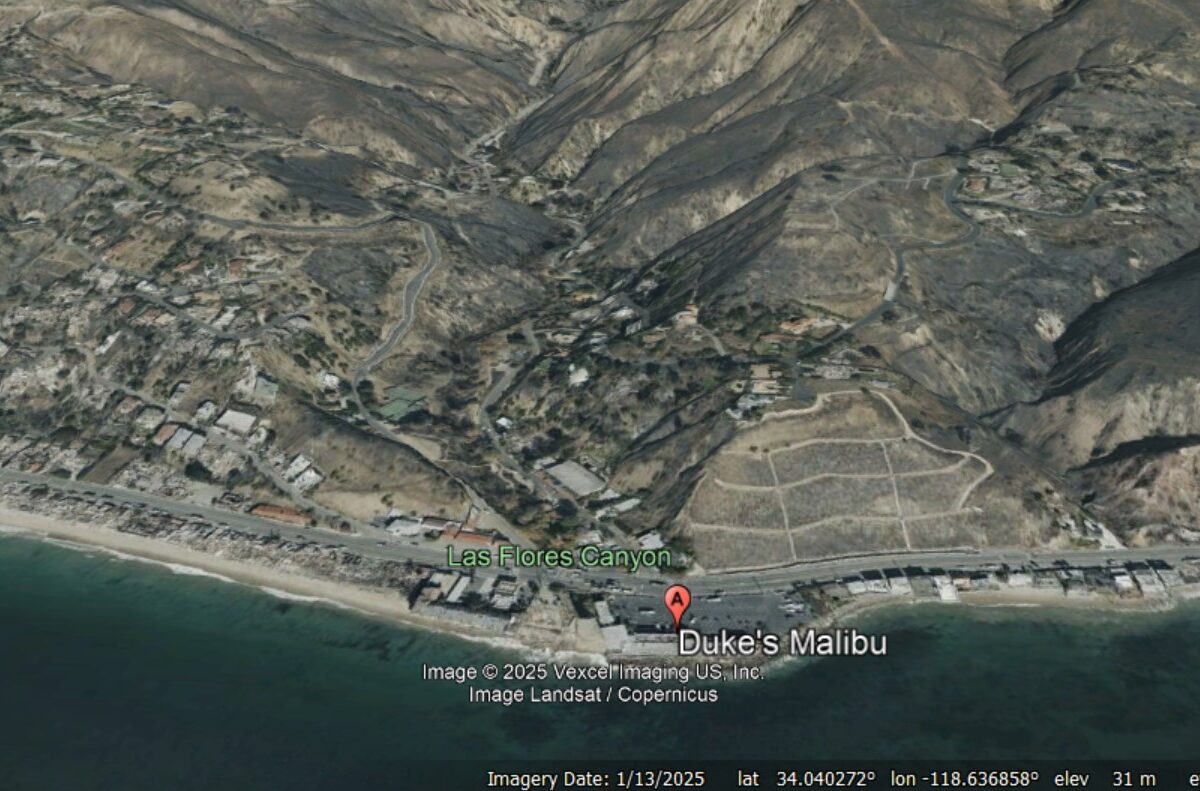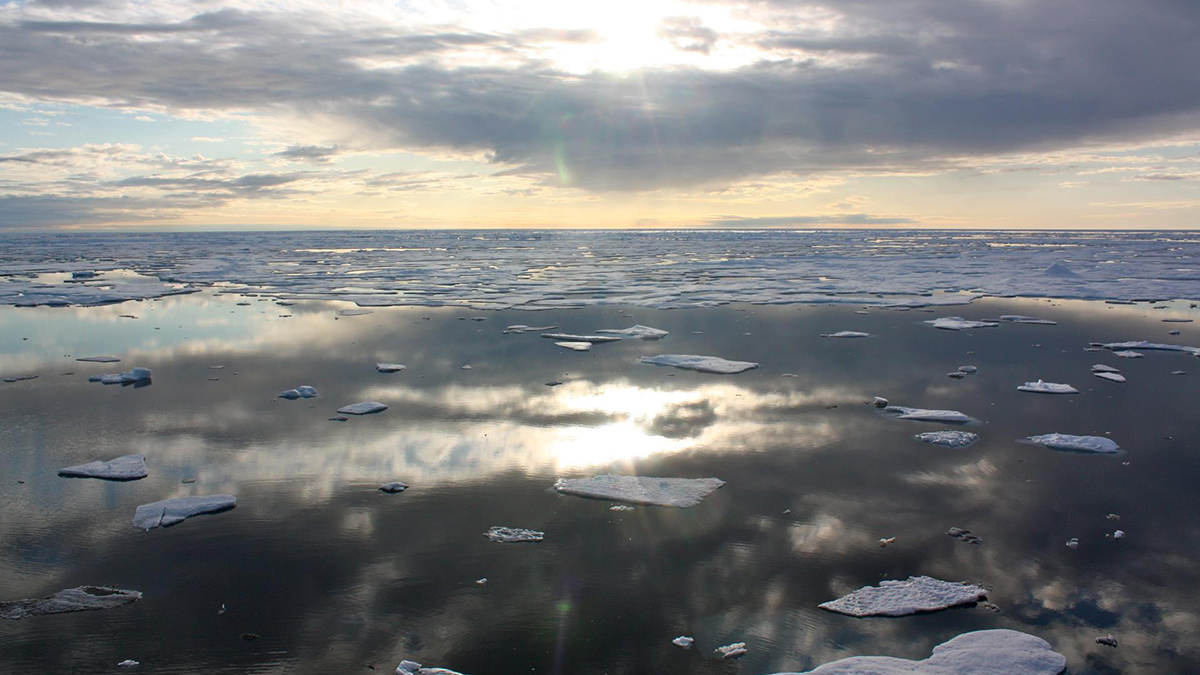The Landslide Blog is written by Dave Petley, who is widely recognized as a world leader in the study and management of landslides. Last week, the first bout of heavy rainfall since the January 2025 wildfires struck Southern California, triggering the much-feared debris flows that were inevitable. The main rainfall occurred on 13 February 2025, […]
wildfires
Wildfires Raise Concern About Remobilized Radioactive Contamination
Researchers collected soil and ash after the 2020 wildfires in the Chernobyl Exclusion Zone. Chemical tests suggested that the fires made it easier for contaminants to wash into nearby rivers.
How Much Did Climate Change Affect the Los Angeles Wildfires?
High heat, dry fuel, and strong winds drove the Palisades and Eaton blazes.
An Atmospheric Pattern Over the Pacific Influences Western U.S. Wildfire Risk
The West Pacific pattern correlates with high pressure, increased temperature, decreased precipitation, and higher burned area during autumn in the western United States.
Access to Air-Conditioning May Affect Wildfire-Related Health Outcomes
A new study found that access to air-conditioning is a stronger predictor of emergency department visits related to PM2.5 exposure from smoke than factors such as race, age, and socioeconomic status.
Jet Propulsion Laboratory Reopens as Fire Recovery Continues
Many JPL staff, including its director, are still displaced or without homes after devastating fires throughout the LA region.
The looming threat of landslides in the wildfire damaged areas of Los Angeles County
The Landslide Blog is written by Dave Petley, who is widely recognized as a world leader in the study and management of landslides. As Los Angeles recovers from the dreadful wildfires that have destroyed parts of the county, awareness is growing of the potential threat from landslides. The touchstone for these concerns was an interesting […]
Six Thousand Years of Controlled Burning, Up in Smoke?
By disrupting millennia-old fire management practices, colonization created a deadly situation in Australian forests, but the jury is out on just how widespread “cultural burning” was.
Water Testing Builds Trust in Science as Maui Communities Recover
Following fires that ravaged the island in 2023, researchers educated residents about how wildfires affect water quality, and gathered data to determine how wildfire impacts change over time.
Another Hot Arctic Year Indicates a New Climate Regime
NOAA’s annual Arctic Report Card illustrates a warmer, wetter, and increasingly wonky Arctic climate.










